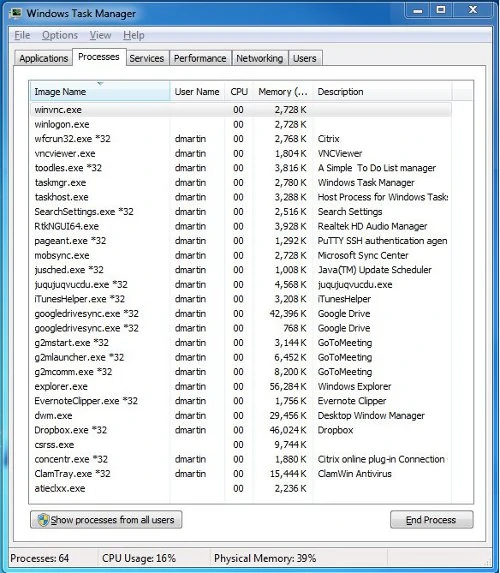What is Visual FoxPro?
FoxPro belongs to the group of programming languages commonly described as "xBase" languages. These data-oriented programming languages use similar syntax, based on an early DBMS known as dBase. FoxPro was originally published by Fox Software as FoxBASE. The company merged with Microsoft in 1992, and the software continued to evolve into a much more object-oriented programming language in subsequent releases.
Visual FoxPro (often referred to as VFP) is a well-integrated software development platform with its own relational database engine. VFP's database management programming language doesn't force programmers to use additional programming languages, such as Visual Basic, C++ or C#. We've used VFP to create both desktop applications and web applications.
There seems to be some confusion about which Operating Systems support Visual FoxPro. The most recent version (VFP 9) runs on current Windows operating systems, including Windows 7, Windows 10, Server 2016 and Server 2019. Although it is a 32-bit application, it runs on 64-bit Windows machines just fine.
The Future of FoxPro
Years ago, Microsoft announced that Visual FoxPro 9 would be the last release.
Does this mean that all VFP software applications will suddenly cease to function? No. It merely means Microsoft will no longer provide support for VFP.
But do you want to know a little secret? Most Foxpro programmers we know don't ever call Microsoft to support VFP anyway—it's a very stable development platform, and has been for years.
There is an active community of FoxPro users and programmers around the world. When we're looking for suggestions on how to handle a unique coding challenge, or need to research an issue, we'll frequent sites like foxite.com. Often, the sharp programmers who contribute to those sites will either have already encountered the same issue, or will respond to our questions quickly.
Note the screenshot to the right. It is a snapshot of programs running on a 64-bit Windows 7 workstation. Of the 27 applications displayed a full 16 of them (i.e., 59.26%) were compiled as 32-bit applications. We know this because the Task Manager window identifies them with the *32 designation after the executable name. It isn't likely that any operating system released in the near future will completely stop accommodating 32-bit applications altogether.
So if you're concerned by the support cutoff date and assume you must migrate to a new platform right away, please realize you've got some breathing room.

The day will no doubt eventually arrive when 32-bit applications as a whole no longer function on the operating system du jour.
But since there are literally millions of 32-bit applications running on computers all around the world, it's not likely that the next few versions of Windows will stop supporting 32-bit applications any time soon.
By way of comparison, some of our customers are still running DOS-based version of FoxPro (which is a 16-bit application). Some of these applications were written over 25 years ago, yet they're still up and running on Windows XP machines. If we can use that as any sort of guide, it's likely that you'll encounter applications written in Visual FoxPro 9.0 in the year 2030—possibly much longer than that.
If you would prefer to migrate your software to a .NET environment (which Microsoft continues to enhance and support), I/O Technologies can assist with migrating your data and programming to a .NET platform.